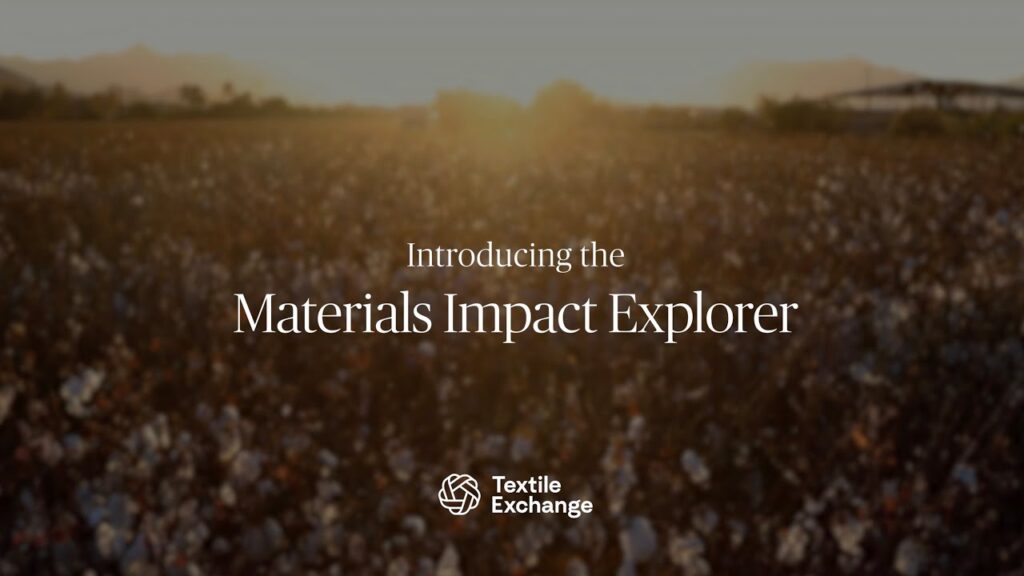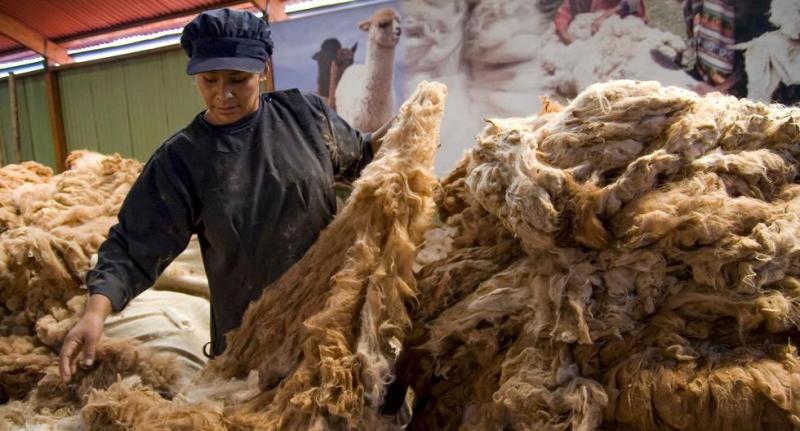The environmental impact of the textile and sustainability sector plays a key role in our daily lives, since the textile industry provides clothing and personal expression, while providing millions of jobs. However, the environmental impact of the textile and sustainability sector is significant, contributing around 1.2 billion tonnes of greenhouse gas emissions per year. Scientific communities and global activists are now calling for more sustainable policies that address these issues, while also people can make a difference with conscious choices.
With this in mind, the Materials Impact Explorer, provided by Google, emerges as an innovative and free tool designed to help companies and consumers in evaluating the environmental impact of the textile and sustainability sector and promoting more responsible practices. A better understanding of the environmental impact of the textile and sustainability sector is crucial to ensure a brighter future for our planet.

Understanding the textile and the environment through innovation
On the topic of the environmental impact of textiles and sustainability, we are divided between the desire for personal expression and the environmental impact. Both the scientific community and global activists are calling for environmental policies that consider the environmental impact of textiles and sustainability on local and global communities. The textile industry – due to the linear production system it implements – is one of the most polluting industries, reaching as much as 1.2 billion tonnes of GHG emissions per year.
For this reason, scientific communities and global activists are calling for environmental policies that consider the environmental impact of textiles and sustainability on local and global communities. It is crucial to use innovation and technology to reduce consumption and to inform consumers about the life cycle of textiles. In a context where environmental awareness is growing, it is essential to provide clear information on the environmental impact of textiles and sustainability. The promotion of responsible consumption is crucial for sustainability. In order to evaluate these impacts, a useful resource is the Materials Impact Explorer, an innovative tool developed by Textile Exchange in cooperation with Google.

Why evaluate the environmental impact of textiles?
It is important to start with some data to better understand the problem and the impact of textile production on the environment and local communities. Firstly, the consumption of water in textile production, especially for fibres such as cotton, is very high and can contribute to water scarcity in the regions where production takes place. Some estimations even claim that up to 2,700 litres of fresh water are consumed in the production of a single cotton shirt. Furthermore, textile production is responsible for significant greenhouse gas emissions, which accelerate climate change and cause environmental degradation.

The environmental impact of textiles and sustainability can also be seen in soil and water pollution, mostly due to pesticides and fertilisers. As a result, textile production has significant impacts on the environment and communities. It involves high water consumption, greenhouse gas emissions and chemical pollution. Facing these problems is crucial to reduce the textile sector’s environmental impact and sustainability and ensure a better future for our planet.
What is the Materials Impact Explorer?
The Materials Impact Explorer, an online platform designed to provide a detailed evaluation of the environmental and social impact of different textile materials, is one of the free tools that individuals and companies can now use to better understand the impact of the textile sector on the environment and sustainability. This tool analyses various environmental aspects, including resource use, greenhouse gas emissions and impact on the ecosystem. In addition, it provides details on the origin, production process, use and lifecycle of materials, up to their disposal.

This platform evaluates the environmental impact of the textile and sustainability sector by analysing carbon emissions, water consumption and use of natural resources. It also considers social impacts such as working conditions and workers’ rights. It promotes sustainability by directing people’s choices towards more responsible materials and more ethical production practices. The use of the Materials Impact Explorer is crucial to understand the textile industry’s environmental impact and sustainability and make more informed choices for the future.
How the Materials Impact Explorer Works
The Materials Impact Explorer is an advanced tool that helps consumers and companies in understanding the environmental impact of textile materials using a wide range of data and reliable sources. The Materials Impact Explorer uses data from renowned sources and by using it, you can see the environmental risk analysis taking into account the country of origin of the raw materials and whether the fibre or raw material is certified. All this means that risk evaluations and recommendations can be provided to help the user make more informed decisions within the system they work for.
The risk evaluations provided by the tool are based on potential impacts and correlations, following official guidelines. Concretely, this means that the Materials Impact Explorer not only provides a detailed overview of the environmental effects of materials, but also does it in a context that considers the broader implications and global best practices for sustainability and environmental risk management.
Key resource

The Materials Impact Explorer is an essential resource for anyone who wants to understand the environmental impact of textile materials. Whether you are an entrepreneur or a conscious consumer, this tool offers detailed data. It allows a comparison of different options in order to take more informed and sustainable choices. However, the platform is based on complex databases. Therefore, this can make it difficult for the average consumer to use its features effectively. Although it is an excellent dissemination and information tool, it may require advanced skills. In an era when sustainability is crucial, using free tools similar to this one is crucial. It can really make a difference in the promotion of ecological practices and the prote





